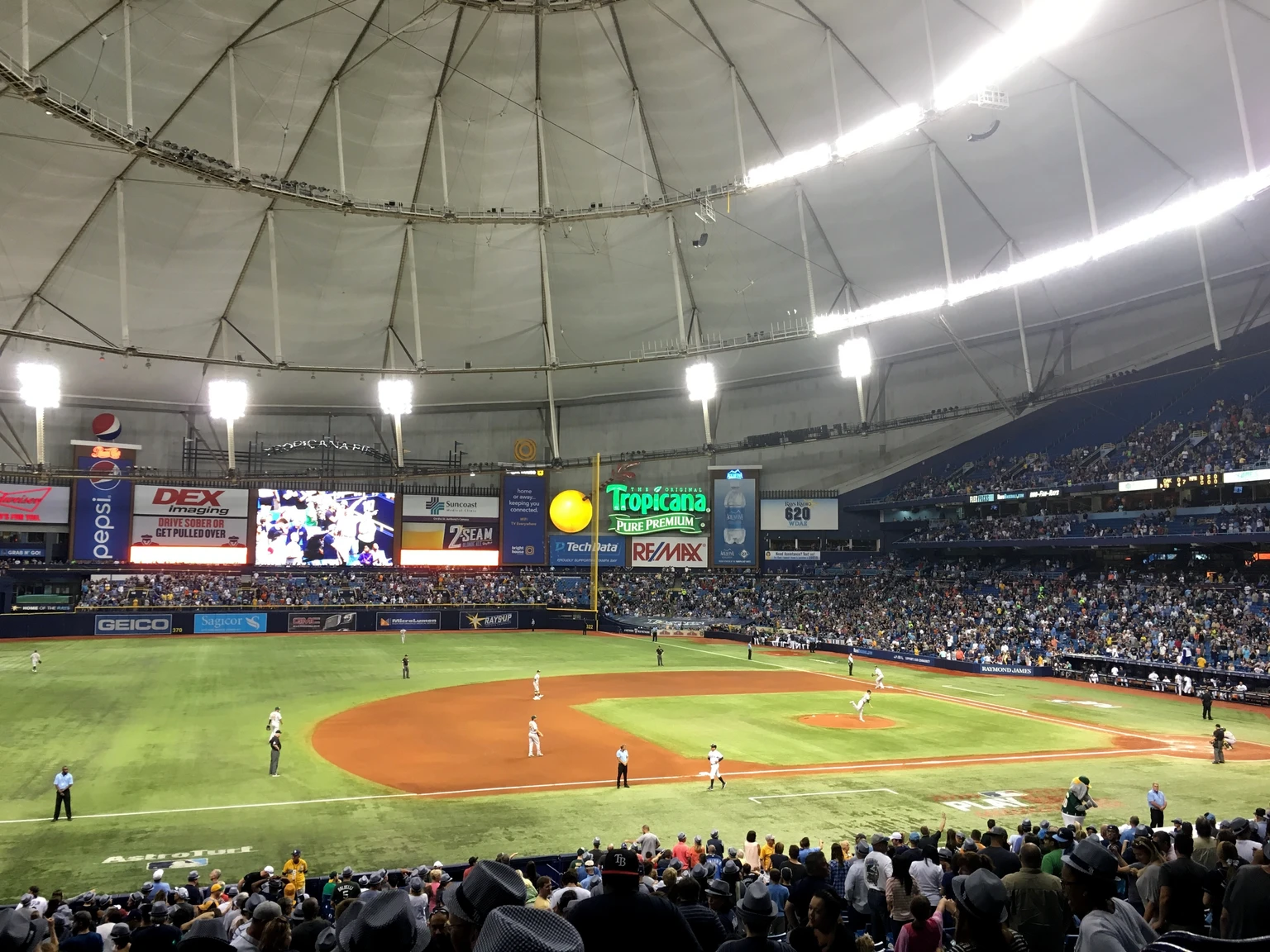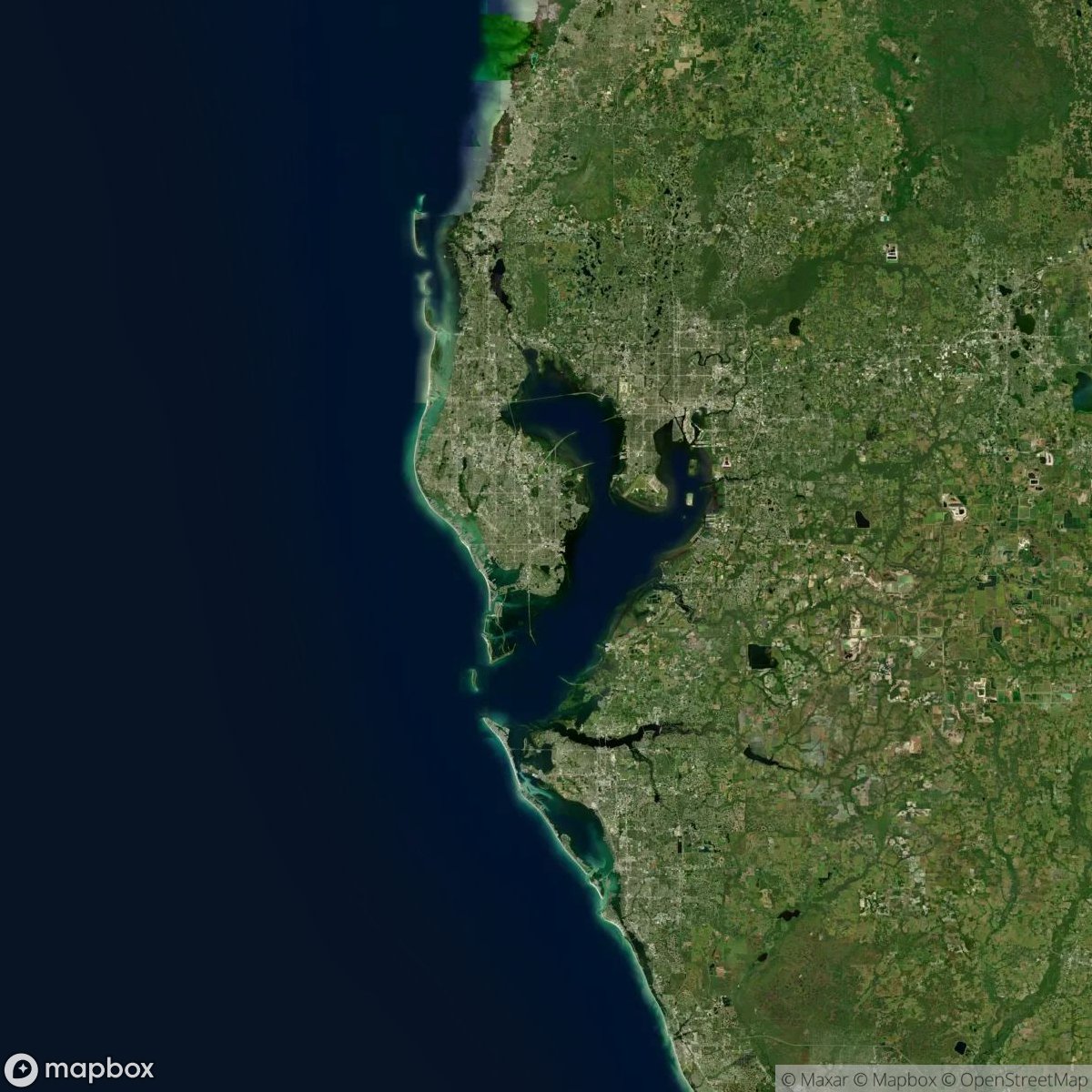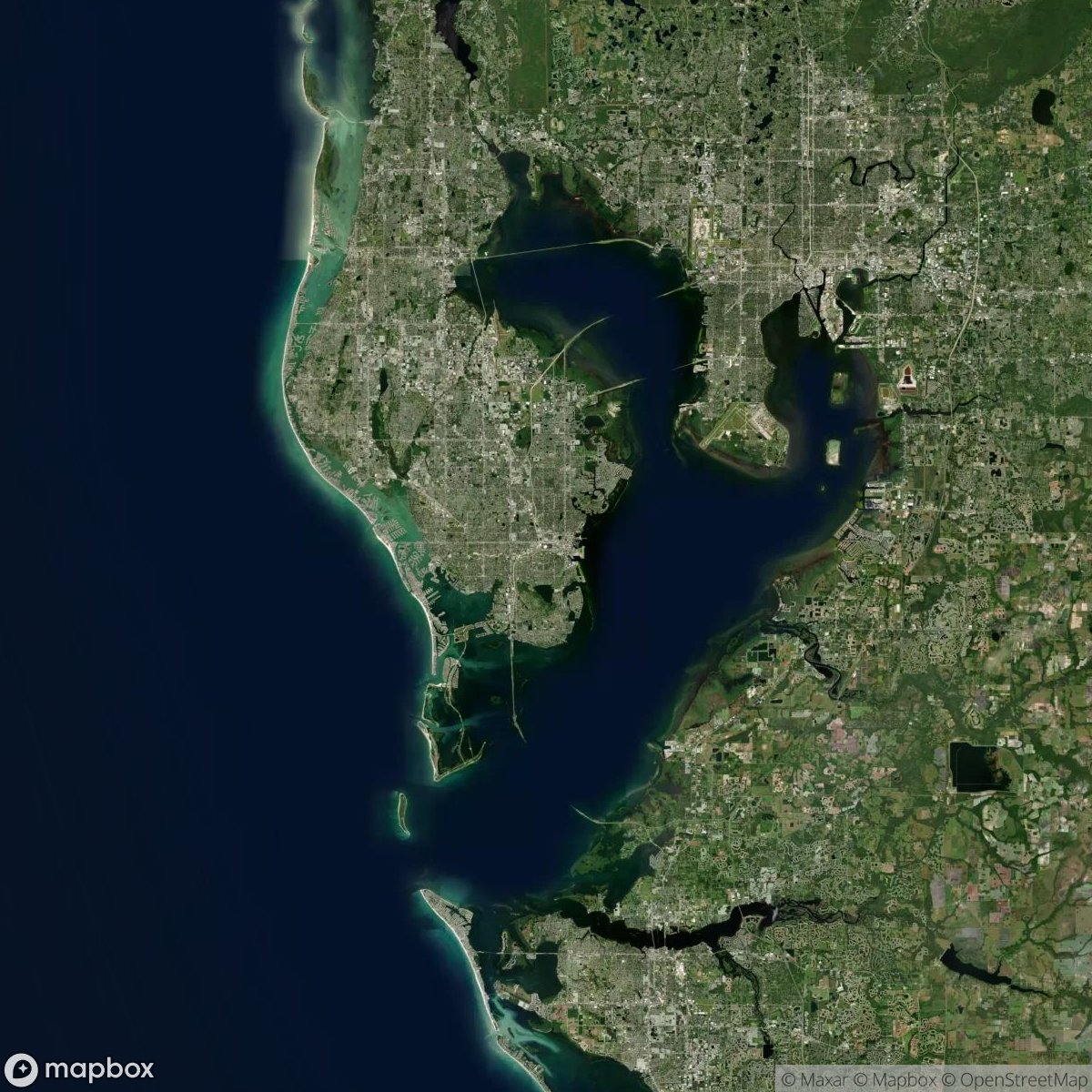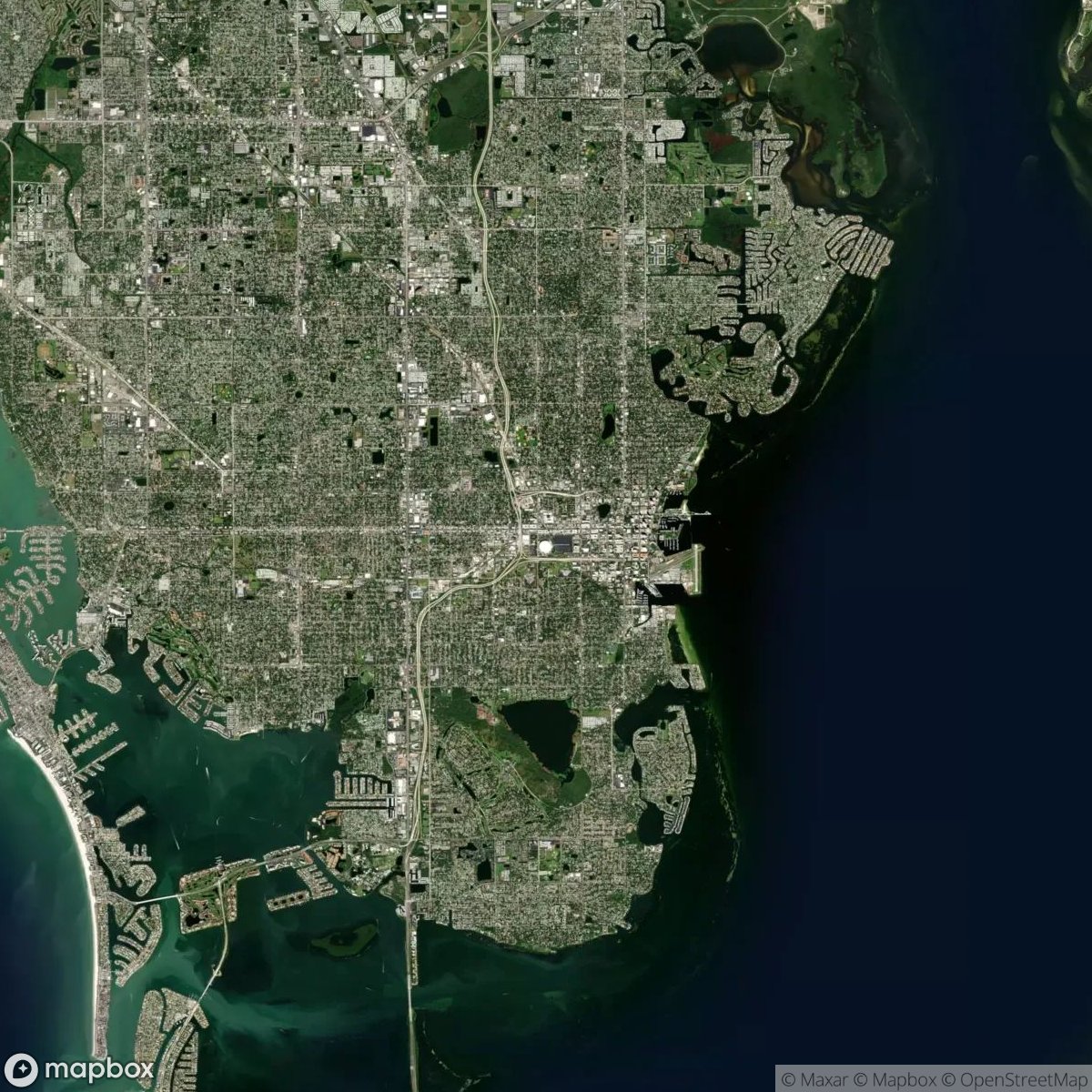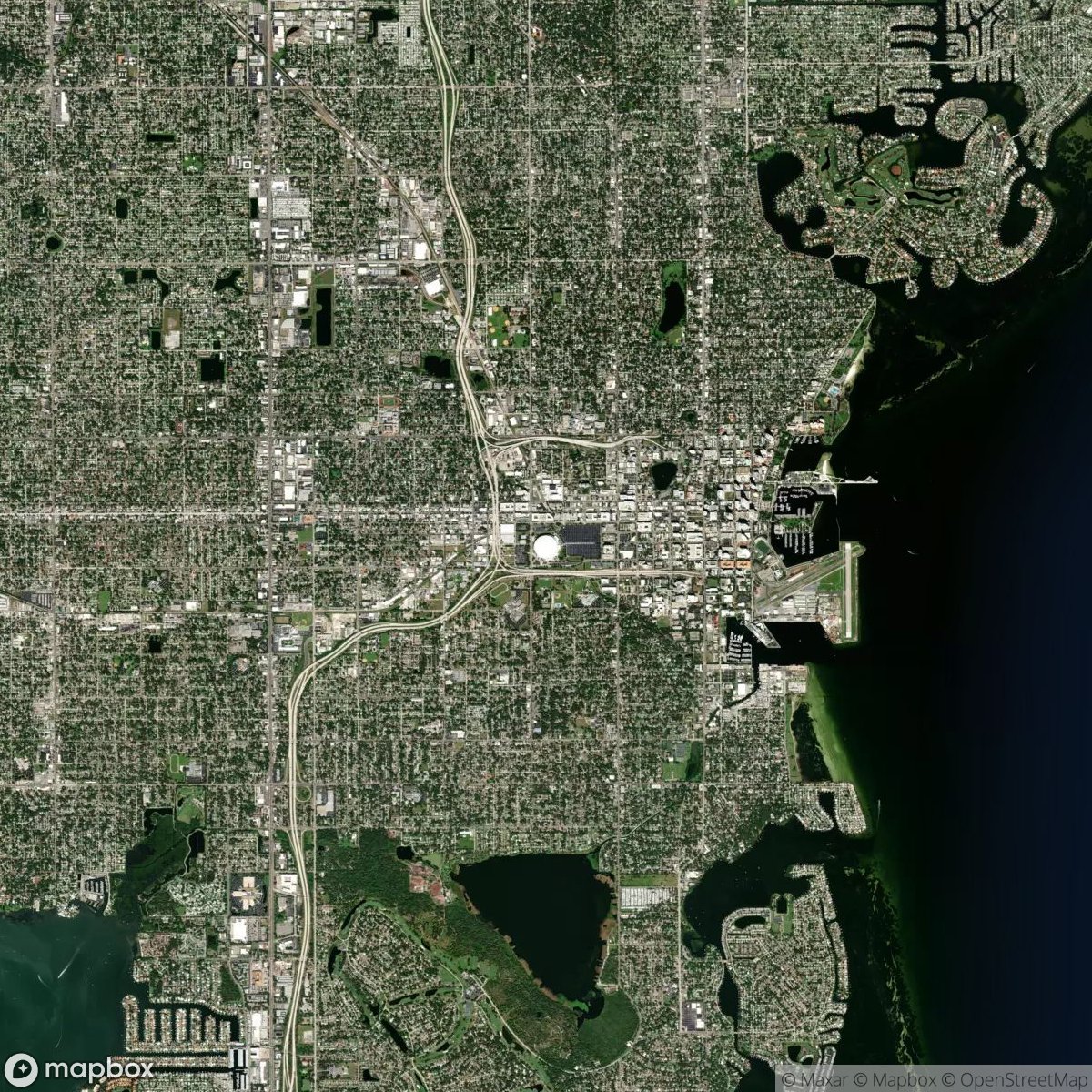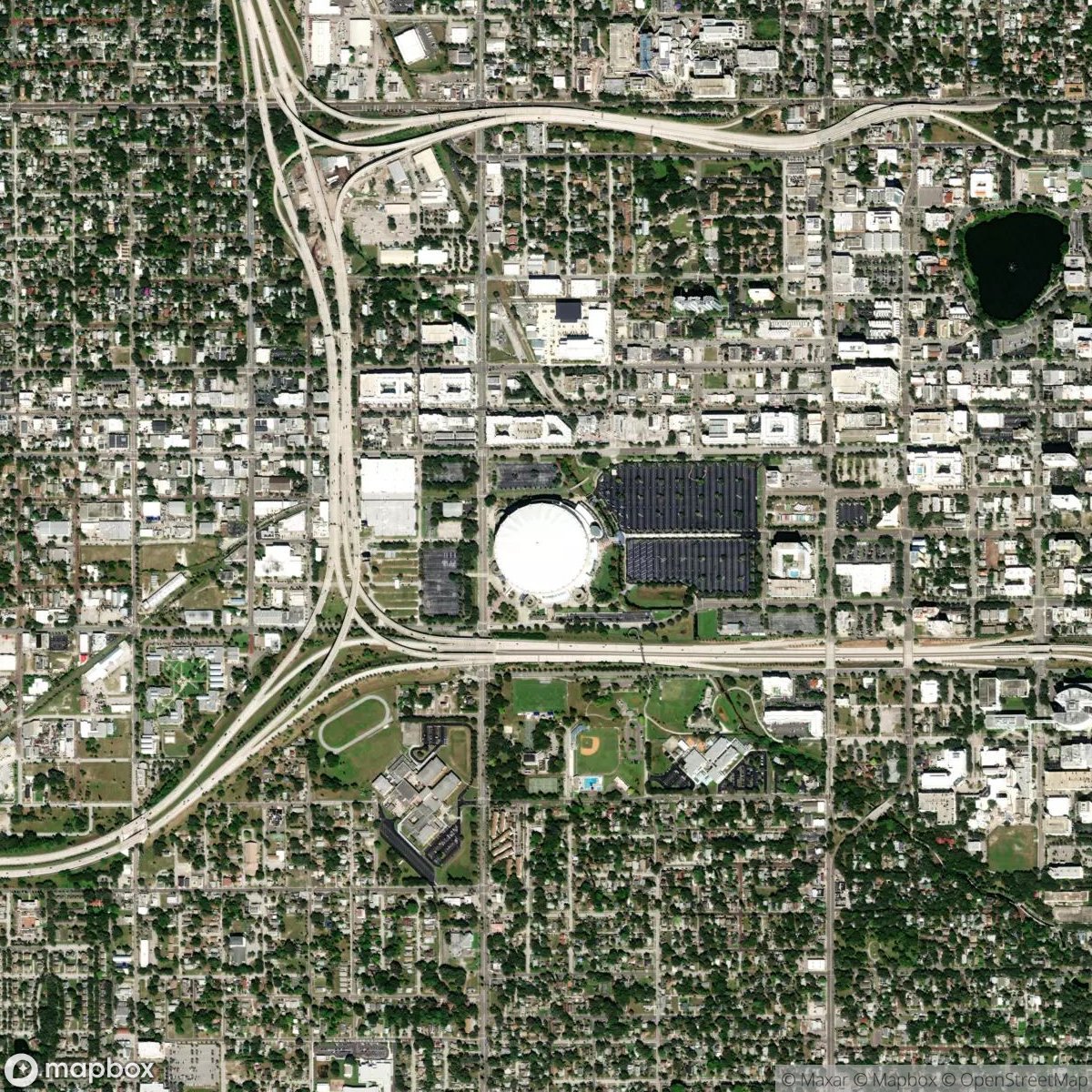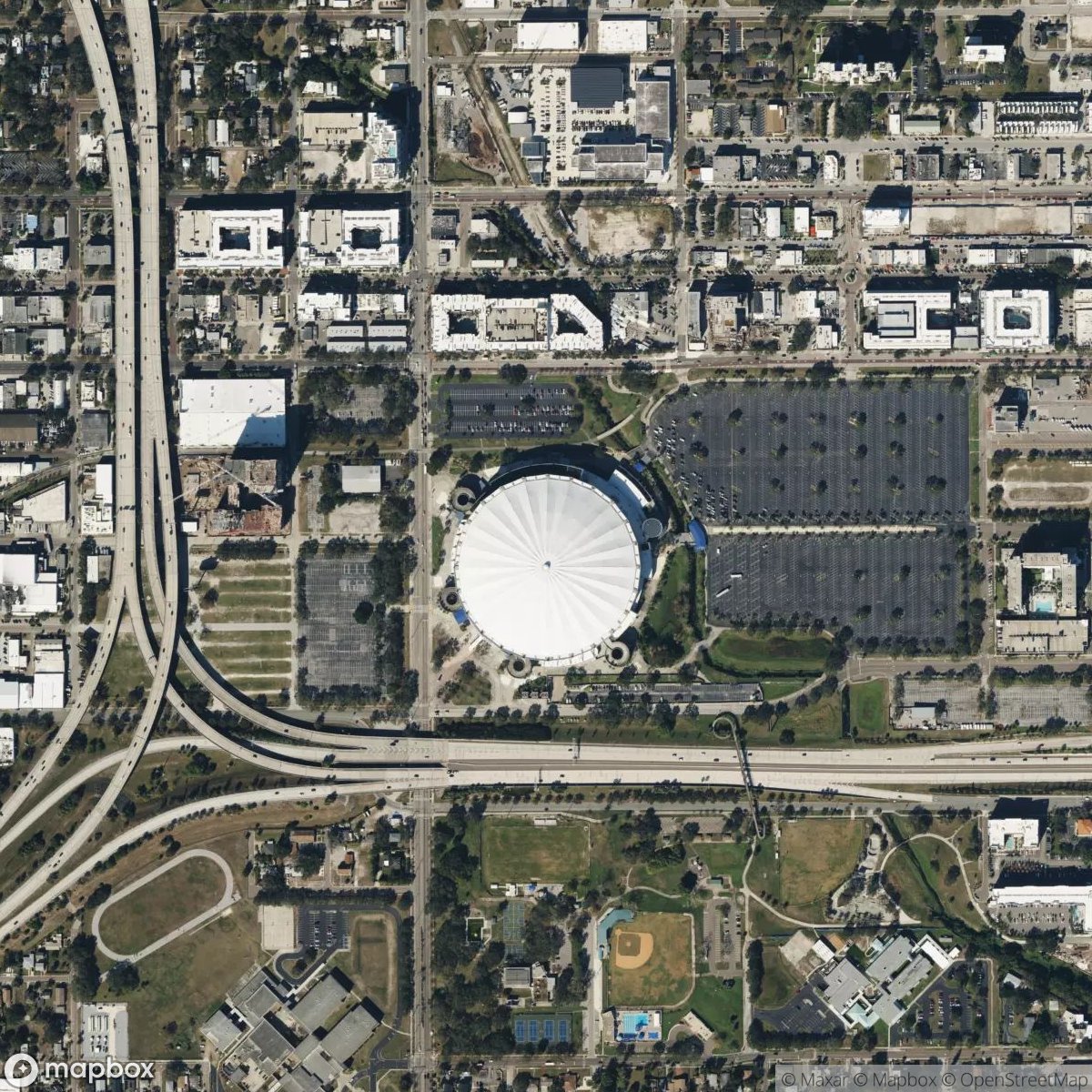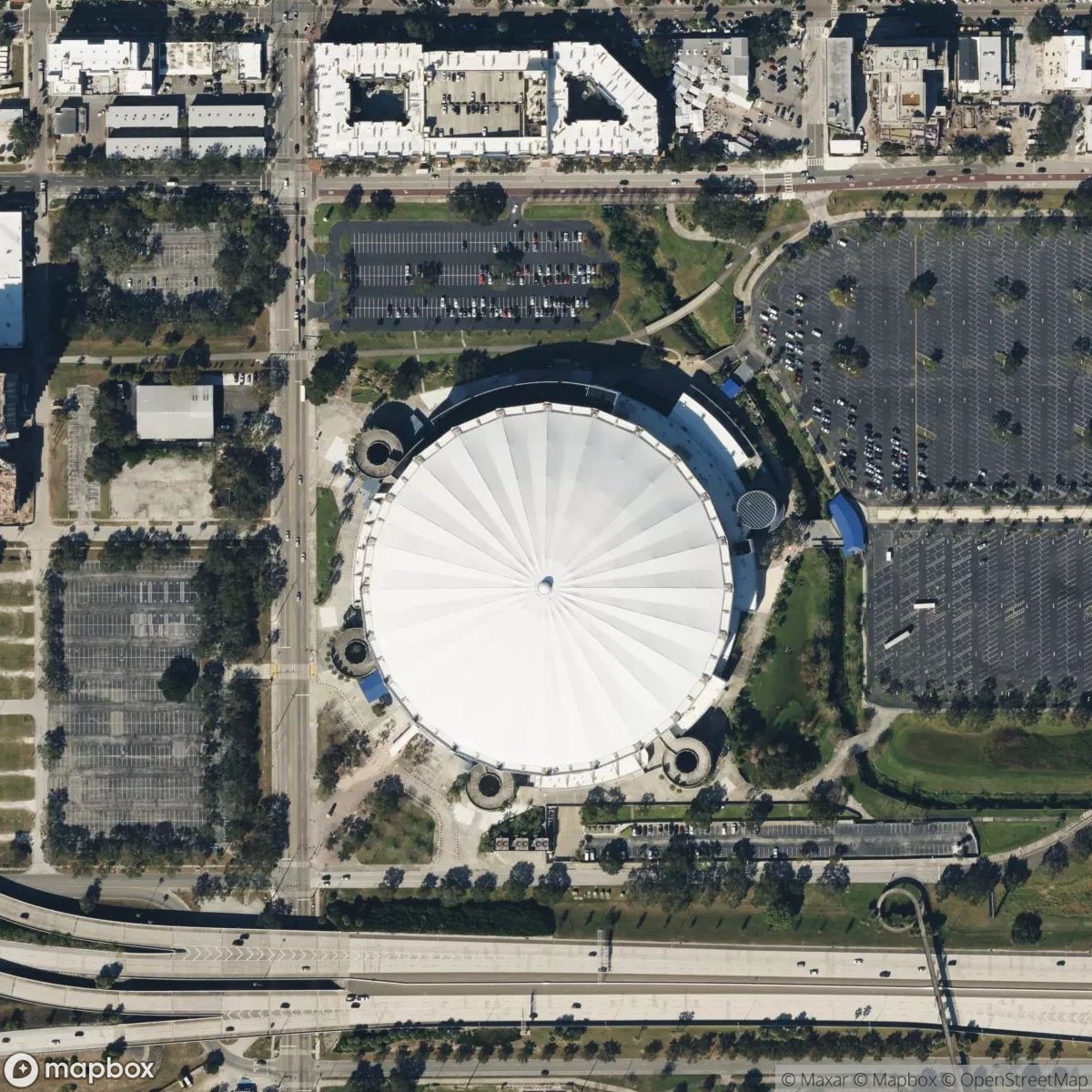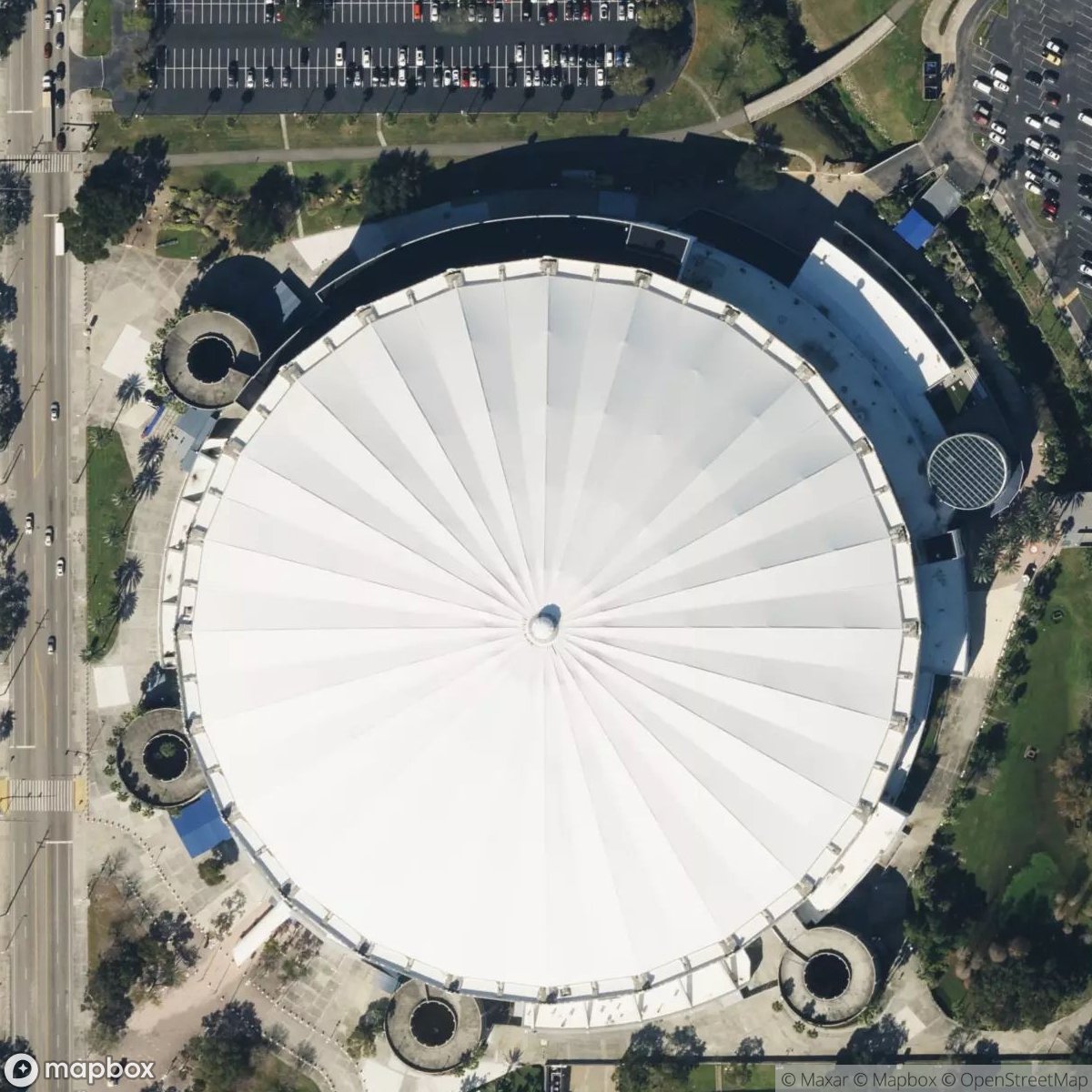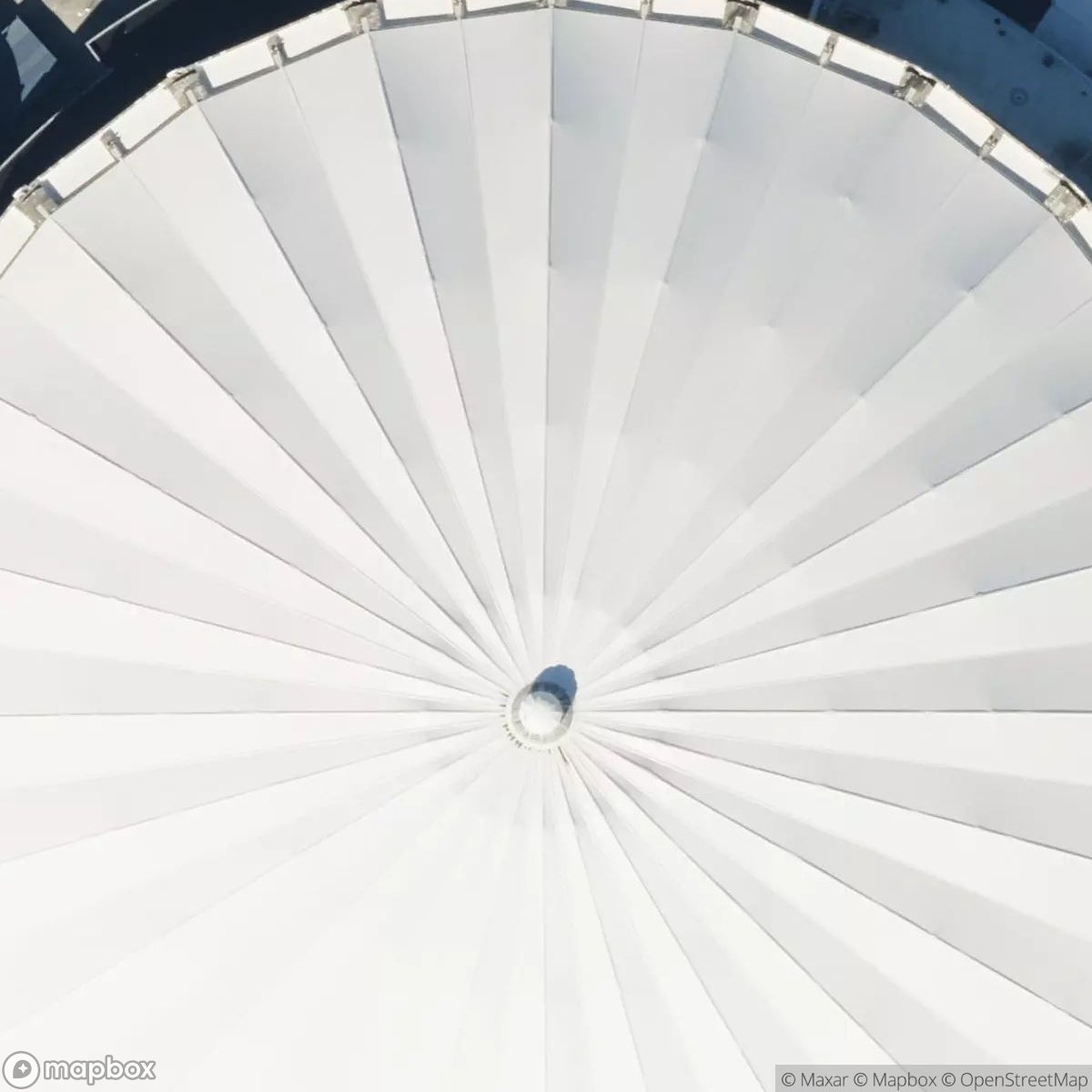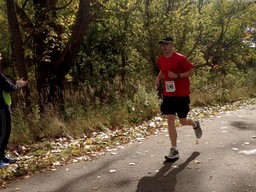When my sister and I were growing up, during our summer breaks, we and our more adventurous babysitters would play a game we invented called indoor baseball. It was a game born out of necessity. When the weather was nice, Katie and I both preferred to spend our days out of the house, with most of my days devoted to baseball in my front yard or a front yard nearby. But northeast Ohio isn’t without its share of rainy summer days, and those days forced Katie and I indoors. Our screen time (TV, computer, etc.) was limited, there are only so many hiding places in the house for hide and seek, and you can only play so many hands of poker with my sister before you get sick of her declaring a royal flush every single time, so indoor baseball was born out of a collective necessity for us to find something to do, and a personal necessity to feed my baseball obsession.
The usual teams were Katie and the babysitter versus me. Our family room was an L-shaped room at the time, and we’d set up the field in the long end of the L with left field being the rest of the L. Everyone had to start on their knees, and whoever was pitching would kneel out near second and roll a Nerf ball towards the plate. The batter would sort of slide the plastic bat towards the ball, and then both the fielders and batter could stand up to field and run the bases. Because the distance between the bases was about eight feet, we moved the force play to second base, so the batter had to make it all the way to second before he was safe. Two fielders was more than enough to cover the whole field adequately, and the batting team got unlimited imaginary baserunners to keep the runs flowing across the plate. We’d usually play a few innings with a run rule in each inning, so the games lasted no longer than a half hour or so.
We both enjoyed indoor baseball, but it goes without saying that I knew this wasn’t real baseball; it was just something to do to pass the time until I could play real baseball again. And I feel like players at the professional level must have a similar feeling, that they must think of real baseball as a sport that’s played outside, on grass, under a sky and whatever might be falling from it. Thankfully, there’s less professional baseball played indoors now than there’s been in more than 40 years: only two teams play on an artificial surface, and only one of those teams plays all its games indoors. That one team is the Tampa Bay Devil Rays, whose home ballpark happened to be the nearest MLB stadium that I haven’t visited yet. I honestly wasn’t that excited about seeing Tropicana Field, because while it’s name is admittedly excellent product placement, it has a reputation for being run-down, bland, and indoors. But the quest is to see all thirty stadiums, not just the good ones, so last weekend I decided to drive down to Tampa to check out Tropicana Field. And despite its reputation and my strong beliefs that baseball is an outdoor sport, I enjoyed Tropicana Field more than I thought I would.
I drove down to the Tampa area on Friday night and stayed in St. Petersburg, a suburb of Tampa which is sort of the Brooklyn to Tampa’s Manhattan and is where Tropicana Field is located. For some reason I thought St. Petersburg, being surrounded by water on three sides, would be cooler than #notoriouslyhot Columbia. I was wrong: Columbia got a bit of a coldfront this weekend and had beautiful weather, while the weather in St. Petersburg was hot, sunny and muggy. On Saturday morning I got a run in and then spent the rest of the morning and afternoon just walking around and exploring the area a bit. About an hour before first pitch, I started walking towards the stadium.
It was about a 25 minute walk from where I was staying to Tropicana Field, so by the time I got there I had worked up a bit of a sweat. St. Petersburg as a whole is a pretty little town with a variety of restaurants and sports bars, and they become more frequent as you get closer to the stadium. Surprisingly (to me anyway), the parking lots around the stadium were full of tailgaters and the atmosphere around the park was good spirited and jovial. There were a bunch of security checkpoints open just outside the park, but all of them were busy so I settled into the nearest line to wait. While I waited, I noticed along the rim of the dome some two-dimensional, baseball-shaped fixtures sticking up from the top. I kind of chuckled to myself; to me, it felt like Tropicana Field pleading: “See? This is a baseball stadium. Trust us.”
I felt a little strange walking into an indoor baseball stadium, but whatever discomfort I had was forgotten as soon as I felt that blast of cold, conditioned air walking through the front doors. Tropicana Field is kept at a consistent and comfortable 72 degrees, and I’ll concede that the air conditioning put me in a much more forgiving mood. I can’t imagine that I’m the only person to visit Tropicana Field to feel that way, because in general, it’s a lot easier to have a good time in life when you’re not too hot or too cold.
I entered the park at the center field gate, which opens into a tall and bright atrium before branching out into the concourses. The atrium is actually really nice, features some large glass windows and almost feels like a main home plate gate at an outdoor stadium. Once you get into the concourses, there are very few windows, but this helps keep the temperature down and because they’re less stuffy, they feel less cramped.
Most of the best achievements in Tampa Bay Rays history have occurred within the last 10 years (the franchise isn’t quite 20 years old yet), so it’s very recent history that decorates the concourses. Right behind the left field foul pole lies 162 Landing, which is the spot where Evan Longoria’s game winning home run landed on September 28, 2011, and is now a club seating area with a cool timeline of the rest of the night’s events. (That was the night the Red Sox and Braves collapsed while the Cardinals and Rays secured their tickets to the postseason in four separate, simultaneous and memorable games.)
I grabbed an average priced, average tasting footlong hot dog – this might not seem like great analysis, but what can I say? I’m not a hot dog critic – and headed up towards my seat. I wasn’t expecting a big crowd at the game, and as I found my seat it looked like my section would be mostly empty. But as we got closer to first pitch, my section filled out nicely with a collection of stereotypical Florida retirees who must have been season ticket holders because they all seemed to know each other. Not only did they know each other, they knew their team: throughout the game I heard discussions about outfield alignment, prospects in the minor leagues, and even a more intense discussion about whether a ball that hits the plate is fair or foul (it’s fair).
After my experience at the Rogers Centre in 2012, I wasn’t expecting much of a view from my seat, but what I got was pretty good. The upper deck doesn’t have any of the weird, view-impeding in-seat railings like the Rogers Centre, and the upper deck felt a lot closer to the field as well. About half of the upper deck is tarped off (Tropicana Field has actually reduced its seating capacity six times since opening for baseball in 1998), so there’s really not a terrible seat in the house.
Perhaps the most famous architectural features of Tropicana Field are the catwalks which form concentric circles and are part of the dome’s support structure. They’re sort of disorienting to look at in person, because you expect them to be level, but the walls of Tropicana Field that support the dome aren’t uniform height, and the outer catwalks follow the walls, so they’re lower out in the outfield than they are behind home plate. There are four catwalks in all, each with various ground rules about what happens when a batted ball hits one. For example: if a batted ball hits either of two outermost catwalks in fair territory, it’s an automatic home run. Watching the Indians play in Tampa all these years, that rule always seemed sort of arbitrary, but after seeing these catwalks in person, it’s pretty clear that any ball that hits one of the outer two catwalks would be long gone anyway.
The scoreboards are located in right field and center field, and could really use some updating. The video board in right field is pretty small by modern standards, and there’s really not much room on there to do anything except show the lineups and the replays. The situation board in center is an old school, single color light bulb display that has mostly gone by the wayside in Major League Baseball, and it’s kind of tough to read the smaller text like the pitch types at a distance.
The Rays weren’t expected to do much this year, but they’ve held their own in a tough division, and on this night they jumped out to an early lead against the A’s and never looked back, eventually winning 6-0. After watching a few innings from my seat – which included some excitement with a foul ball in our section – I got up to walk around a bit and explore the rest of the park. One really nice feature about Tropicana Field that I didn’t expect is a sort of walking track around the perimeter of the lower deck, in front of the club seats but above the normal seats. It’s not a concourse because there are no bathrooms or concessions, and there’s nowhere to just stand and watch, but it offers an unimpeded view of the entire field no matter where you are as you walk.
Another feature of Tropicana Field is the Rays Touch Tank behind right center field. Since renaming themselves from the Devil Rays to the Rays, their official logo is a sunburst (as in, a “ray” of light), but I guess petting a ray of light isn’t as much fun as petting a real cownose ray, so the Rays Touch Tank remains. This is done in partnership with the Tampa Zoo, which is pretty cool, and judging by the length of the line to pet the rays, it’s still a very popular feature. If the Rays were to design a new park today, I’m guessing they’d make the tank a bigger feature of the park a la the gigantic fish tanks behind the plate at Marlins Park in Miami.
Tropicana Field is a ballpark that feels a little old for its age because while it was built in the late 80s, it didn’t come into service as a baseball stadium until nearly ten years later. Back when Tropicana Field was designed, there were no ballparks that had a fully retractable roof, and many other MLB teams played all their games indoors, so Tropicana Field was right in line with the trends of the time. But by the time it opened for baseball in 1998, Tropicana Field was becoming a relic of a bygone era. Today, Tropicana Field is the eighth oldest stadium in the Majors, and not only does it have the distinction of being the only remaining Major League stadium to be fully indoors, it does so in the state of Florida, which is ironically nicknamed “The Sunshine State.”
The good news for Rays fans is that the principal owner of the Rays Stuart Sternberg knows his team needs a new ballpark, and there have been two separate proposals in the last ten years to build a new park in the St. Petersburg area. And despite all its shortcomings, Tropicana Field is at least a baseball-only facility, which means the Rays have been free to maintain and make improvements at Tropicana Field while holding out hope for a better replacement. The Rays have been in existence since 1998, and it took them ten years to make the playoffs and win their first pennant. Maybe by 2018, the twentieth year of the Rays’ existence, we’ll know more about some concrete plans to replace Tropicana Field. For now though, at least that air conditioning gets an A+.
More photos from my trip to Tropicana Field are available here.
